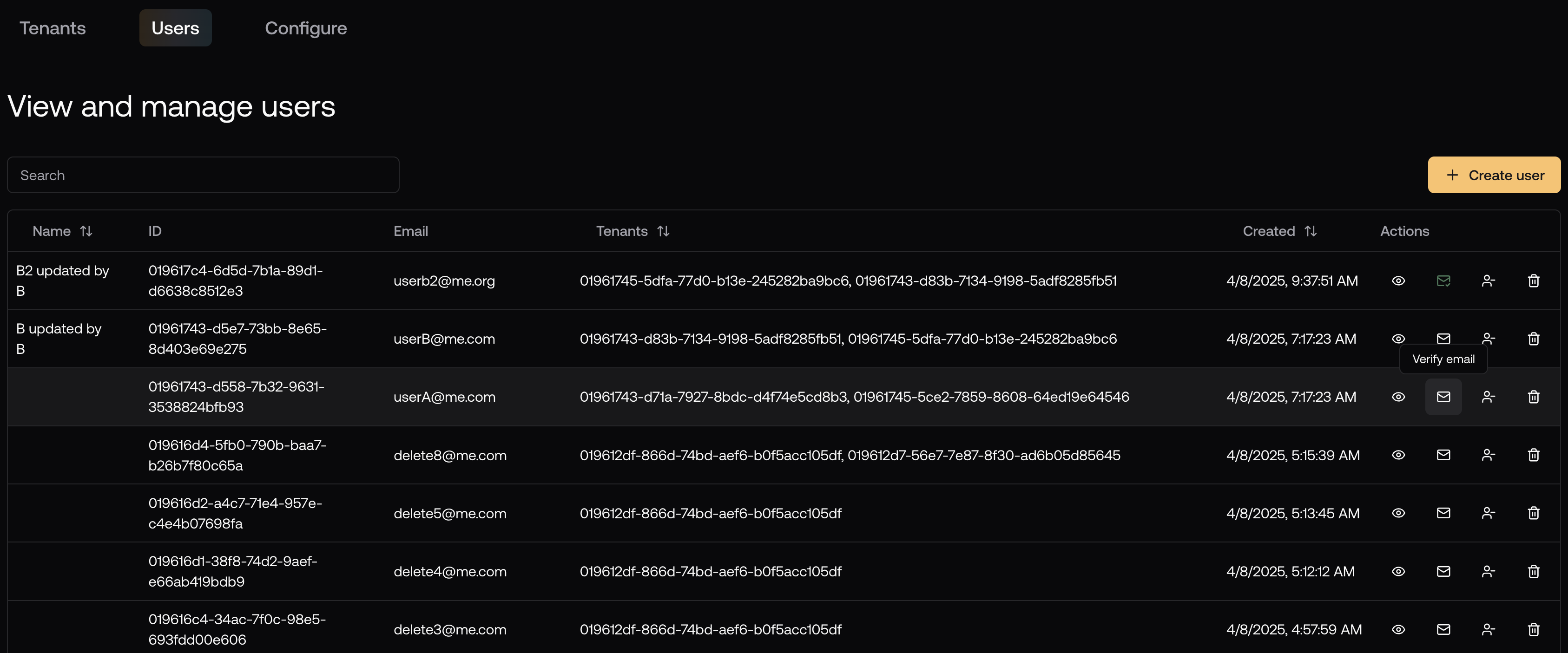Overview
Account linking allows users to authenticate with multiple SSO providers to the same user. This is automatically enabled in Nile Auth, and will be used if you have multiple SSO providers configured or if you choose to support both email/password and SSO authentication.How it works
When a user first signs up, no matter what authentication method they use, they are assigned a unique user ID that is linked to their email address. You can see this in theusers.users table:
users.credentials table:
users.users table are not affected by account linking. This means that the user will still have the same user ID,
the same email address, and the same user details such as first_name, last_name, and picture. The only thing that changes is the addition of
the new authentication method in the users.credentials table.
Understanding Account Linking Scenarios
There are three scenarios that can occur when a user signs up with multiple authentication methods, and in order to maintain the security of the system, the behavior is slightly different for each scenario:User signs up with multiple SSO providers
If you have multiple SSO providers configured, and a user has the same email address across all of them, the user will be linked to the same user ID. This is the simplest and most secure scenario.User signs up with email/password and then signs in with SSO
If a user signs up with email/password and then signs in with a SSO provider, the SSO provider will be linked to the same user ID. However, unless the email address is verified in Nile Auth, the user will not be able to sign in to their email/password account after linking. Why? Because the email address is not verified, it is possible that a malicious actor created the same email address, and could potentially hijack the account. In order to prevent this, we require the email address to be verified before the user can sign in to their email/password account after linking. You can use our email verification feature to automatically send developers an email to verify their email address when they sign up. Or alternatively, you can manually verify any email address in the Nile console.
